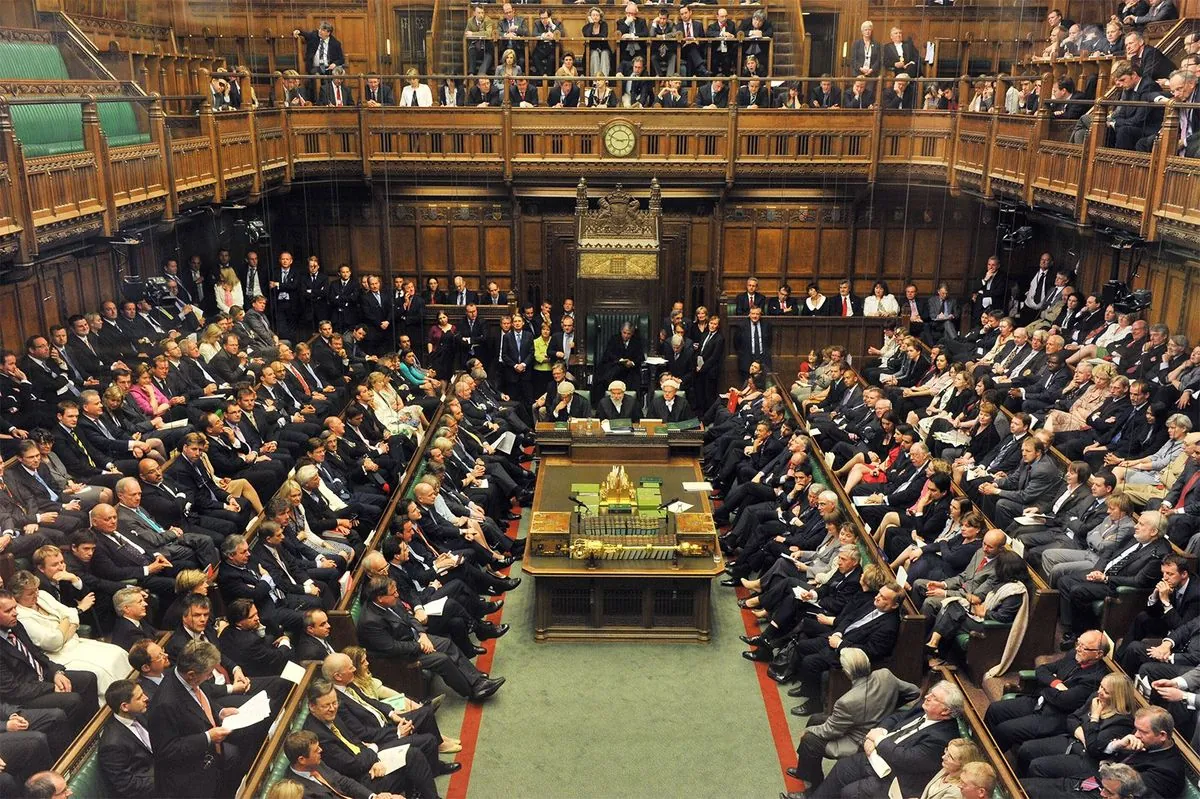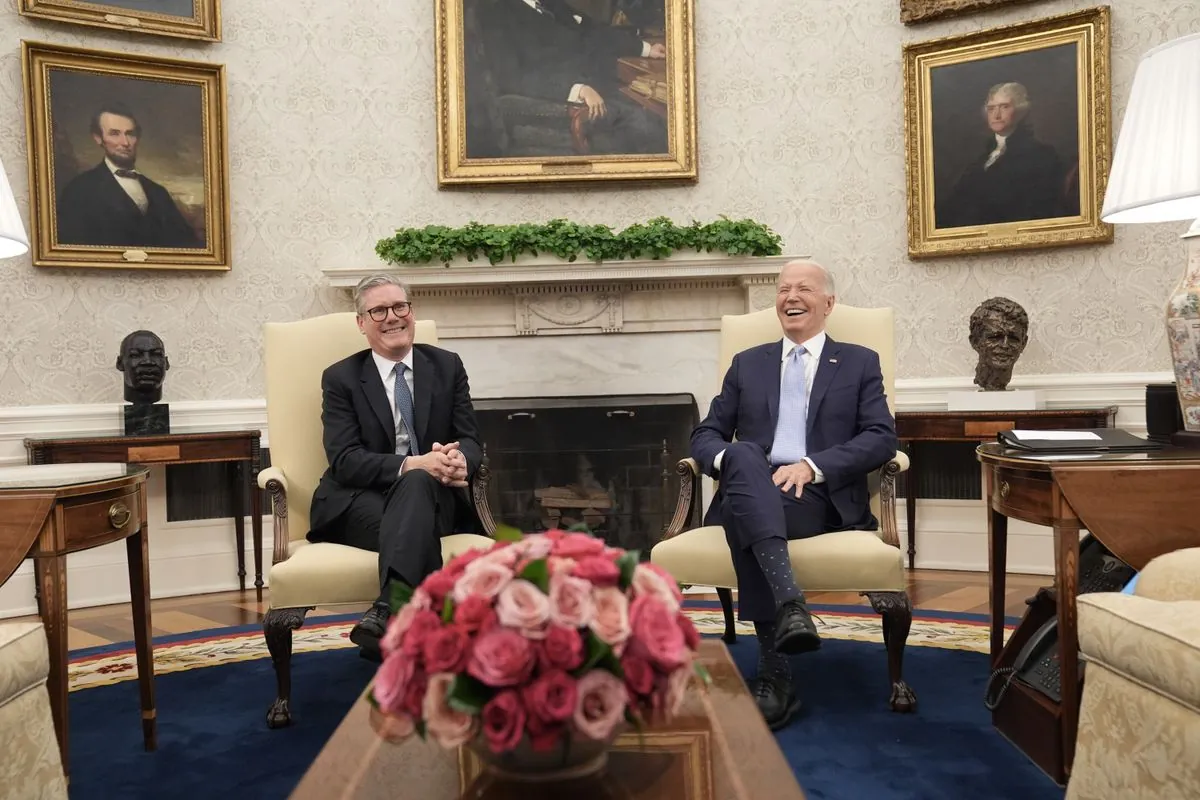Green MP Proposes EU-Style Hemicycle for UK Parliament Redesign
A Green Party MP suggests transforming the UK Parliament's chamber into a hemicycle, aiming to foster cooperation and efficiency. The proposal sparks debate on tradition versus modern parliamentary practices.

Ellie Chowns, the newly elected Green Party MP for North Herefordshire, has proposed a significant redesign of the UK Parliament's chamber. She suggests adopting a hemicycle shape, similar to the European Union Parliament, to promote cooperation among politicians and reduce confrontational debates.
The proposal comes as the Palace of Westminster faces a major refurbishment program. Chowns believes this presents an opportunity to rethink the traditional opposing benches layout, which has been a hallmark of British politics for centuries.
"We've got this chamber that is...two swords' width apart, and there's far too little seating for the number of people that need to be there."
The current design, dating back to 1547, features government and opposition parties facing each other across the chamber. This arrangement, Chowns argues, fosters an adversarial political culture that may hinder productive dialogue on crucial issues such as social care and climate change.

Interestingly, the concept of a hemicycle design for the UK Parliament is not entirely new. In the 1730s, architect William Kent proposed elliptical and circular shapes for a redesign of the Palace of Westminster, though these plans were never realized.
The hemicycle layout is common in many legislative bodies worldwide. The European Parliament, US Congress, and even the Scottish and Welsh parliaments utilize this design. Some Westminster-system countries, including India, New Zealand, and Australia, have adopted partial hemicycle arrangements, combining traditional opposing benches with a curved end segment.
Chowns' proposal extends beyond just changing the chamber's shape. She also advocates for electronic voting to replace the current in-person system, which she believes would improve efficiency. This suggestion aligns with her critique of parliamentary procedures that she feels limit productivity.
However, the idea of changing the chamber's layout is not without its critics. Historically, the design has been seen as integral to British political tradition. In 1943, Winston Churchill famously remarked, "We shape our buildings and then our buildings shape us," arguing that the opposing benches arrangement clarified party lines and tightened party discipline.
As the debate unfolds, it's clear that any change to the Parliament's physical structure would have far-reaching implications for British political culture. The discussion touches on fundamental questions about tradition, efficiency, and the nature of political discourse in the 21st century.
While the proposal has sparked interest, it remains to be seen whether it will gain traction among other MPs and the public. As the restoration and renewal program for the Palace of Westminster progresses, the coming months and years may see further debate on this intriguing suggestion to reshape the heart of British democracy.


































